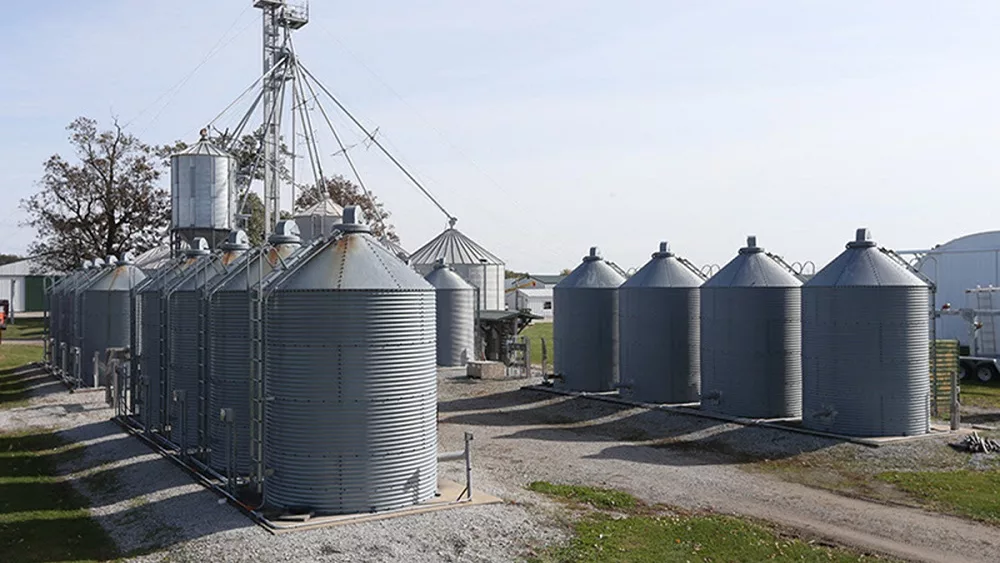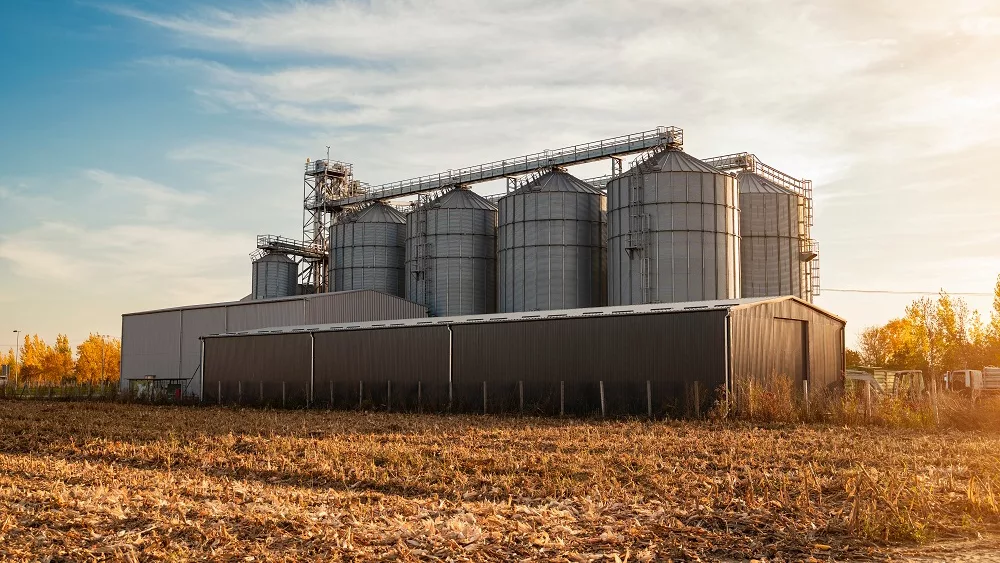Yesterday was the first U.S. planting progress report of the season. Planting progress reports suggest the 2015 season is starting slowly. Somewhat surprising, especially considering the open winter and lack of snow in much of the western and central Corn Belt. While the snow melted long ago in many areas, it still hasn’t warmed up enough to dry out and warm up soils so planting can commence.
Therefore, planting progress is behind normal according to yesterday’s crop progress report. Specifically, sugar beets are only 5% planted vs. 7% normally, cotton only 2% planted vs. 6% normally, sorghum 9% planted vs. 15% normally, rice 14% planted vs. 18% normally, and oats 32% planted vs. 37% normally. Soil-moisture levels are better than normal with 77% rated adequate/surplus topsoil moisture vs. 64% normally, and 77% subsoil moisture rated adequate/surplus vs. 60% normally. So again, it’s a bit of a surprise that planting is starting out later than normal. It’s also surprising that, considering the dry winter and early spring in the western Corn Belt, soil moisture is still above normal when you consider the country as a whole.
Winter wheat ratings are a bit above normal, too – another surprise! – with 44% rated G/E. The Pro Ag yield model suggests a 47.8-bushel-per-acre yield crop, slightly above trend of 47.26 bushels per acre. This is also unexpected given the talk all winter of a rapidly declining crop. Overall, this may pressure wheat somewhat along with an improving rainfall forecast in HRW wheat country.
U.S. weather forecasts today suggest increased chances of rain in HRW wheat country over the eight- to 14-day period. The next seven days will include warm weather across all of the Corn Belt, and the eight- to 14-day continues that warming trend. However, the next seven days are also forecast to be wet across the Corn Belt, and that will likely delay planting somewhat.
Delayed planting progress was not expected to be a story this spring for crops, but it is turning out that way as we begin the early season in April. This could become a supporting factor for grains if it continues this spring.
Actually, now that the March 31 planting intentions and stocks report has been released, the market can once again begin to focus on the planting progress and what yield prospects will be like for the 2015 season. While 2014 was a disappointing winter wheat production season, it also shattered yield records for corn and soybeans, both yielding well above trend yields.
So what does 2015 hold for grain yields? That is probably the $1 million question for grains over the coming few months, and it will be the focus of the market as we watch the weather over the next few months. Certainly a slow start to planting so far means it doesn’t look like an early season of planting, and that means the top end of yields will probably be limited. But does that mean yields are likely to be below trend in 2015? Perhaps it’s a little early to conclude that, as we are still only in early April.
Surprisingly, winter wheat production prospects look better than 2014, and that is a good start at least to the winter wheat crop – even though the western HRW Wheat Belt is still in a very dry situation and in need of rain. Will the rains rescue the western HRW Wheat Belt? Or will insurance adjusters be in fields soon to zero out some fields already? The next few weeks’ rainfall might determine the answer to these questions.




